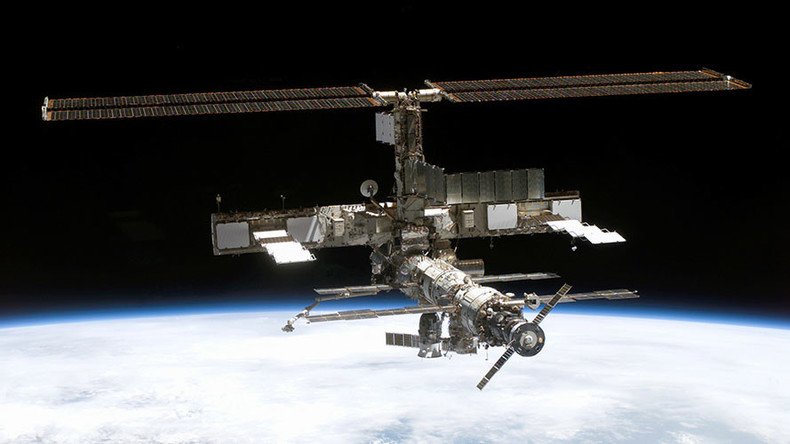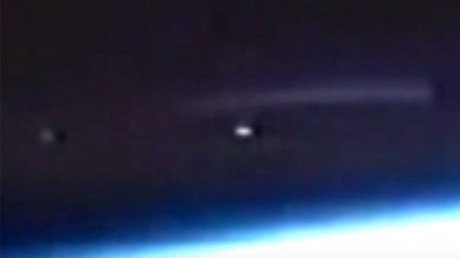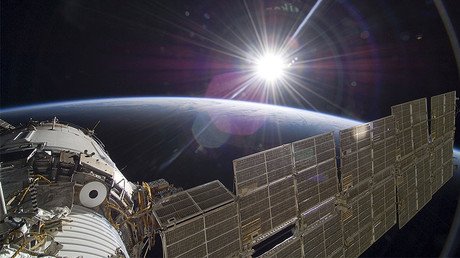NASA to create ‘the coolest spot’ in the universe on ISS

NASA is sending a toolbox capable of freezing matter to near absolute zero to the ISS, in order to create the coolest spot in the universe – for science.
Lasers, a vacuum chamber, and an electromagnetic “knife” – all inside the box – will be used to block the energy of gas particles, slowing them to a near halt, the release published on the NASA website said.
The instruments will be able to freeze gas atoms to a billionth degree above absolute zero, “more than 100 million times colder than the depths of space.”
When cooled to extreme temperatures, atoms can form a special state of matter called a Bose-Einstein condensate, a “superfluid.” In this state, laws of quantum physics come into play, and matter starts acting more like waves or fabric than particles.
The ‘toolkit’ inside the box is called the Cold Atom Laboratory (CAL), and was designed by NASA’s Jet Propulsion Laboratory in Pasadena, California. CAL is now being assembled, and will fly to the ISS this summer.
The experiment will be unprecedented, with temperatures at the lowest marks ever.
How would this be of use, except, of course, the experiment being – figuratively and literally – the coolest?
“Studying these hyper-cold atoms could reshape our understanding of matter and the fundamental nature of gravity. The experiments we’ll do with the Cold Atom Lab will give us insight into gravity and dark energy – some of the most pervasive forces in the universe,” CAL Project Scientist Robert Thompson of JPL said, as cited in the official NASA release.
The results of these experiments could also improve technologies like sensors, quantum computers, and atomic clocks used in spacecraft navigation.
Thompson estimated that CAL will allow “superfluid” Bose-Einstein condensates to be seen for up to 10 seconds, compared with just a fraction of second on Earth.
“If you had superfluid water and spun it around in a glass, it would spin forever. There’s no viscosity to slow it down and dissipate the kinetic energy. If we can better understand the physics of superfluids, we can possibly learn to use those for more efficient transfer of energy,” Anita Sengupta of JPL, Cold Atom Lab project manager, said, as cited in the release.
However, the most exciting application could be having better understanding of dark energy, Kamal Oudrhiri of JPL, the CAL deputy project manager, said.
About 27 percent of our universe is dark matter, 68 percent dark energy, and about 5 percent ordinary matter, so “it means that even with all of our current technologies, we are still blind to 95 percent of the universe,” he said.
“Like a new lens in Galileo’s first telescope, the ultra-sensitive cold atoms in the Cold Atom Lab have the potential to unlock many mysteries beyond the frontiers of known physics.”
Nevertheless, it may be too early to become overexcited: researchers said that CAL is now going through a testing phase to ensure that it functions smoothly in space.














